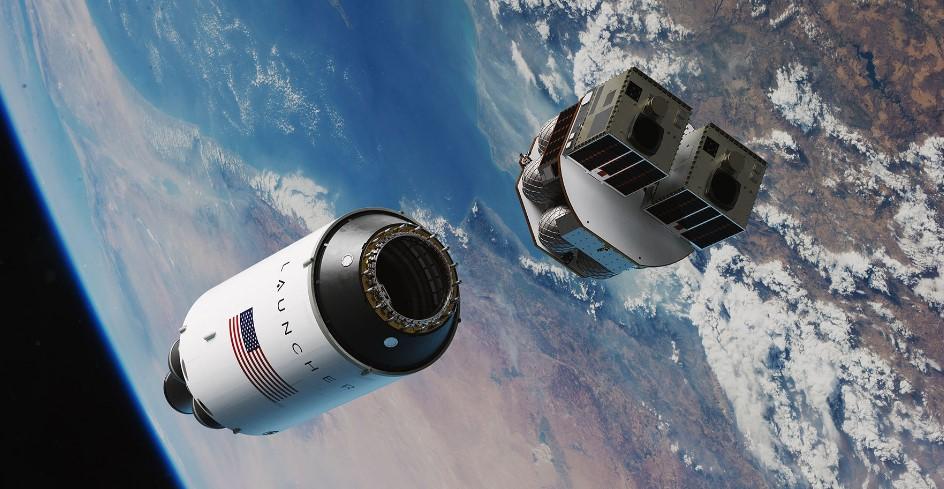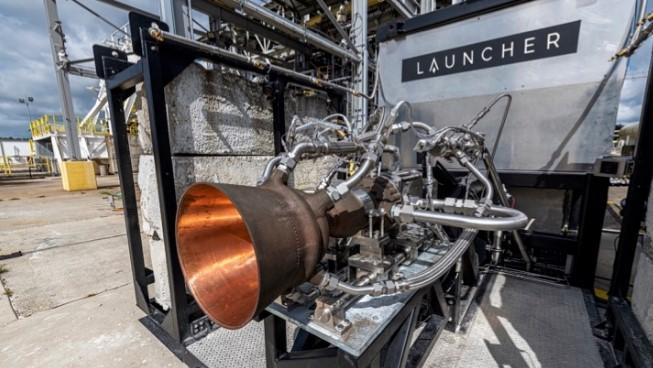- FMA
- The Fabricator
- FABTECH
- Canadian Metalworking
Our Publications
Categories
- Additive Manufacturing
- Aluminum Welding
- Arc Welding
- Assembly and Joining
- Automation and Robotics
- Bending and Forming
- Consumables
- Cutting and Weld Prep
- Electric Vehicles
- En Español
- Finishing
- Hydroforming
- Laser Cutting
- Laser Welding
- Machining
- Manufacturing Software
- Materials Handling
- Metals/Materials
- Oxyfuel Cutting
- Plasma Cutting
- Power Tools
- Punching and Other Holemaking
- Roll Forming
- Safety
- Sawing
- Shearing
- Shop Management
- Testing and Measuring
- Tube and Pipe Fabrication
- Tube and Pipe Production
- Waterjet Cutting
Industry Directory
Webcasts
Podcasts
FAB 40
Advertise
Subscribe
Account Login
Search
Launcher’s 3D-printed rocket engine achieves full thrust at NASA space center
- May 9, 2022
- News Release
- Additive Manufacturing
Launcher, a Hawthorne, Calif., developer of rockets and launch vehicles that deliver small satellites to orbit, has successfully demonstrated the nominal thrust, pressure, and oxidizer/fuel mixture ratio of its E-2 3D-printed rocket engine. The combustion chamber of the engine, tested April 21 at NASA Stennis Space Center, was built on an AMCM M4K 3D printer. A Velo3D Sapphire printer produced the co-axial injector.
The closed-cycle, liquid-oxygen-cooled E-2 is being developed for the Launcher Light, a small vehicle scheduled to launch in 2024. A single engine will deliver the rocket to low-Earth orbit along with a 150-kg payload.
The engine was 3D-printed as a single piece from an industrial-grade copper-chromium-zirconium alloy. The material was selected to reduce costs and avoid the supply chain constraints that can arise with an aerospace-grade copper alloy, which typically is used to print combustion chambers.
Click here to watch test video.
- Podcasting
- Podcast:
- The Fabricator Podcast
- Published:
- 04/16/2024
- Running Time:
- 63:29
In this episode of The Fabricator Podcast, Caleb Chamberlain, co-founder and CEO of OSH Cut, discusses his company’s...
- Trending Articles
- Industry Events
16th Annual Safety Conference
- April 30 - May 1, 2024
- Elgin,
Pipe and Tube Conference
- May 21 - 22, 2024
- Omaha, NE
World-Class Roll Forming Workshop
- June 5 - 6, 2024
- Louisville, KY
Advanced Laser Application Workshop
- June 25 - 27, 2024
- Novi, MI


























